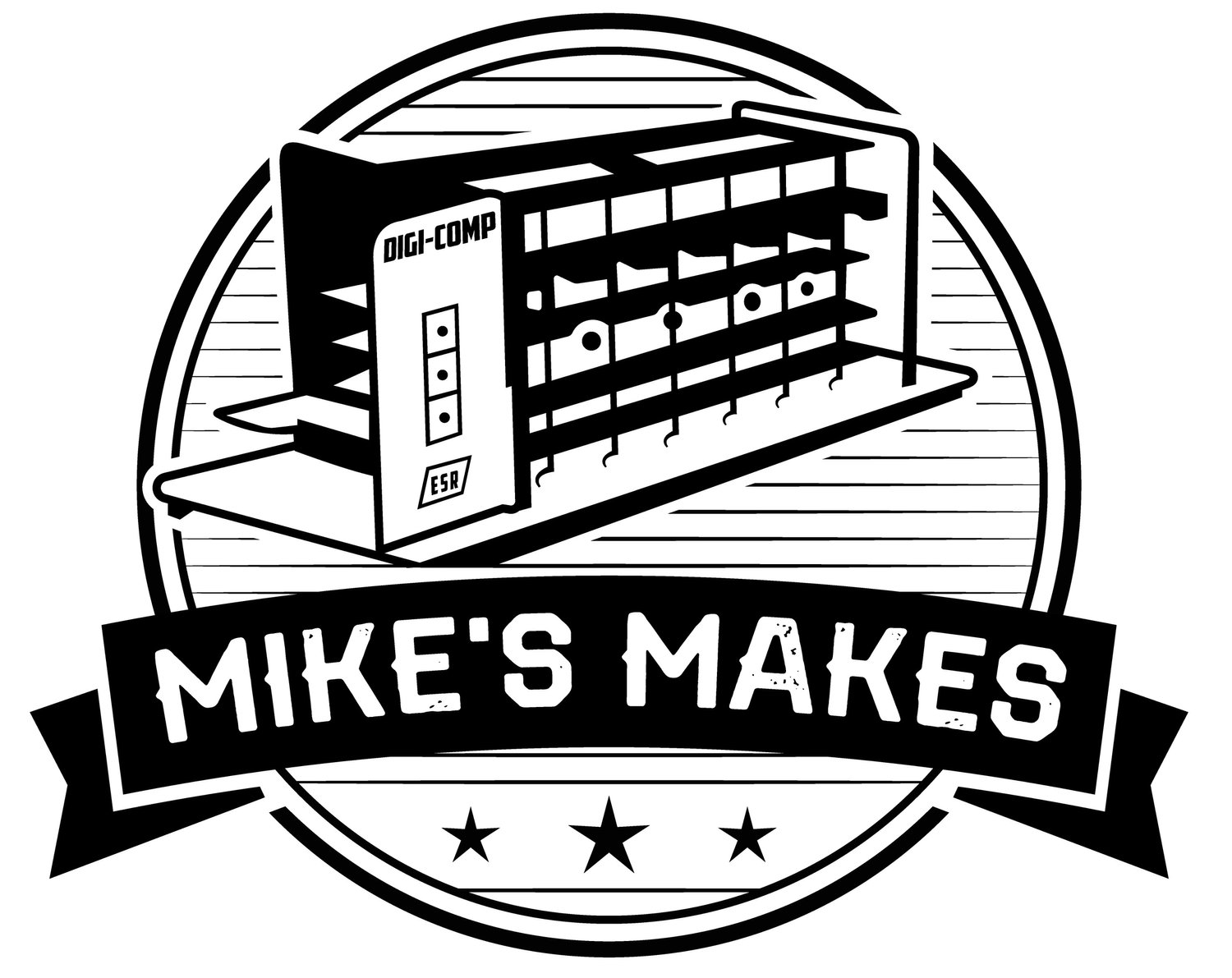KENBAK-1
My finished KENBAK-2/5 project.
Manufactured By: John Blankenbaker
Designed By: John Blankenbaker
Release Date: 1971
If you are a fan of retro computers like I am, there's a good chance you will have seen on numerous occasions the KENBAK-1, regarded by many as the first commercial personal computer. Ten years ago Mark Wilson introduced KENBAK-uino, a reproduction running in emulation on an ATmega328. In 2016 Brian Benchoff posted a great writeup about John Blankenbaker KENBAK-1's creator. For a first hand account of the KENBAK-1 story you should really have a look at John Blakenbaker's own KENBAK-1 Computer site.
For a while you could purchase a full size KENBAK-1 Reproduction Kit, with a PCB, power supply, authentic metal case, 132 standard series TTL logic ICs as the CPU / process control logic (that's right no microprocessor) and two 1024 bit shift registers for memory. Unfortunately this option is no longer available, but based on Mark Wilson's code Adwater & Stir offers a ruler sized nanoKENBAK-1, a half size µKENBAK-1 kit, and will soon be offering a full size kit as well. In addition you can find KENBAK-1 emulators online like this one.
So with all of this rightly deserved KENBAK-1 love out there, why am I creating yet another KENBAK-1 reproduction? The flip answer might be that I want to and I can, but that's not all of it. While all of the wonderful reproductions out there emulate the original to a tee and give a true KENBAK-1 experience, and even have some addition features like built in programs, at the end of the day you are still in many cases hand translating machine instructions and keying them in via the front panel buttons one step at a time. And when something goes wrong, while you can step through your program one instruction at a time you only have visibility into one thing at a time on the front panel display, the instruction or a memory/register address. It gets old pretty fast.
KENBAK-2/5 IDE with Fibonacci program loaded.
Where I think I added some value was to integrate the machine code Emulator with an Assembler and a Debugger. You are still able to fire up my KENBAK-2/5 console to key and run your programs in native mode via the front panel. In addition you can open an integrated development environment, enter in a KENBAK-1 program via assembly language and run said program using the actual console. Similarly you can step through your assembly code, set break points, and observe memory and register contents as you do.
My other motivation for this project was that I really wanted to do a deep dive on this machine. When I looked at the Programming Reference Manual I was very impressed with the machine architecture and the instruction set. I mean an Indirect Indexed addressing mode on a machine built with logic chips. So cool.
Of all of the projects presented here the KENBAK-1 is definitely one of the most computer like. It predates the Altair 8800, considered to be the first successful personal computer, by about four years. Where as the Altair was marketed to the public with advertising in Popular Electronics, John Blankenbaker attempted to sell the KENBAK-1 only to colleges and universities. As a result the KENBAK-1 sold fewer than 50 units. Never the less it was remarkable machine especially given that it did not employ a microprocessor.





